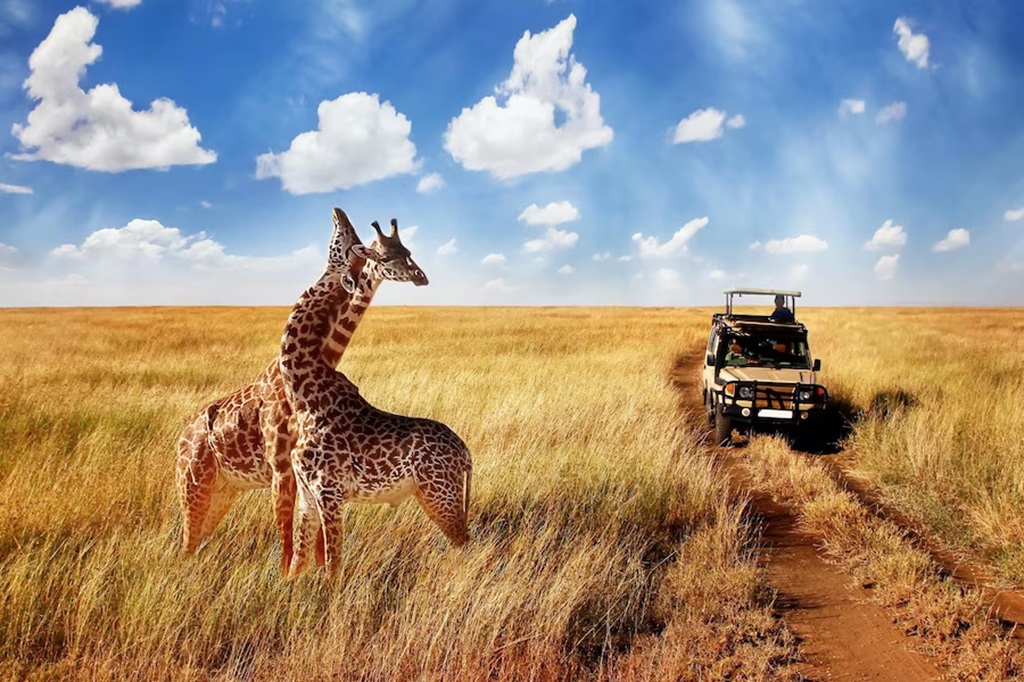
26 Nov Exploring Africa’s Wildlife: Top Safari Destinations
Africa, often referred to as the cradle of civilization, is not only rich in history and culture but also boasts an unparalleled diversity of wildlife. Embarking on a safari in this vast continent promises awe-inspiring encounters with some of the most iconic and unique creatures on Earth. Let’s dive into the heart of Africa’s wilderness and explore the top safari destinations that every wildlife enthusiast should have on their bucket list.
In the realm of safari adventures, Africa stands as the ultimate playground for wildlife enthusiasts. The continent’s diverse ecosystems house a remarkable array of species, making it a haven for those seeking close encounters with nature. From the majestic lions of the savannah to the elusive mountain gorillas in the mist, Africa’s wildlife is a testament to the beauty and complexity of the natural world.
Best Safari Destinations in Africa’s Wildlife
1. Kenya: A Safari Paradise
Among the premier safari destinations, Kenya takes center stage. Its iconic national parks and reserves, such as the Maasai Mara and Amboseli, provide a front-row seat to the Great Migration and offer breathtaking views of Africa’s “Big Five” – lions, elephants, buffalo, leopards, and rhinoceros.
2. Tanzania: The Serengeti Spectacle
No discussion of African safaris is complete without mentioning Tanzania. The Serengeti’s vast plains witness the awe-inspiring Great Migration, where millions of wildebeest and other herbivores traverse the landscape in search of greener pastures. The Ngorongoro Crater, a UNESCO World Heritage Site, adds to Tanzania’s allure with its unparalleled biodiversity.
3. South Africa: Kruger National Park
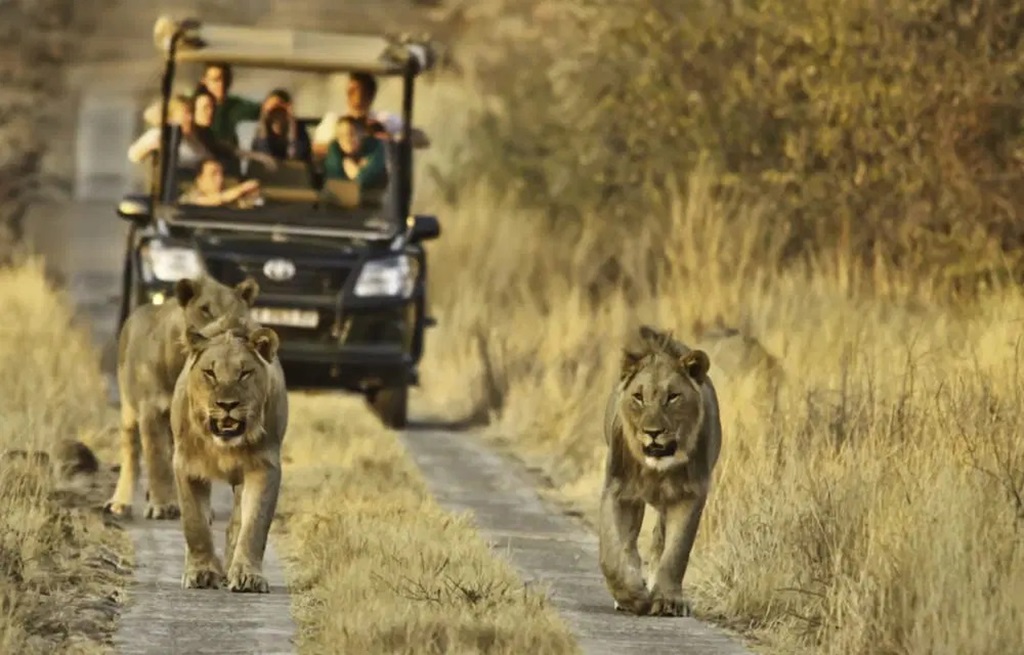
For those seeking encounters with the Big Five, South Africa’s Kruger National Safari Park is a must-visit. The park’s successful conservation efforts have led to thriving populations of lions, elephants, rhinos, leopards, and buffalo, offering visitors a chance to witness these majestic creatures in their natural habitat.
4. Namibia: The Desert Safari
Namibia presents a unique twist to the traditional safari experience with its desert landscapes. Etosha National Park, with its salt pans and waterholes, becomes a gathering place for a variety of wildlife, showcasing the incredible adaptability of African species to arid conditions.
5. Botswana: Okavango Delta Marvel
The Okavango Delta in Botswana is a marvel of nature, where water and wildlife converge in a delicate dance. This oasis in the desert hosts a rich diversity of aquatic life, creating a unique safari experience that combines traditional game drives with tranquil boat safaris.
6. Uganda: Gorilla Trekking Adventure
For those seeking a more intimate wildlife encounter, Uganda’s Bwindi Impenetrable Forest offers the opportunity to embark on a gorilla trekking adventure. The chance to observe mountain gorillas in their natural habitat is a rare and humbling experience that leaves a lasting impact.
7. Zimbabwe: Hwange National Park
Zimbabwe’s Hwange National Park showcases diverse ecosystems and habitats, providing a haven for a wide range of species. From elephants to painted dogs, the park offers excellent opportunities for both seasoned and amateur wildlife enthusiasts.
8. Madagascar: A Unique Ecosystem
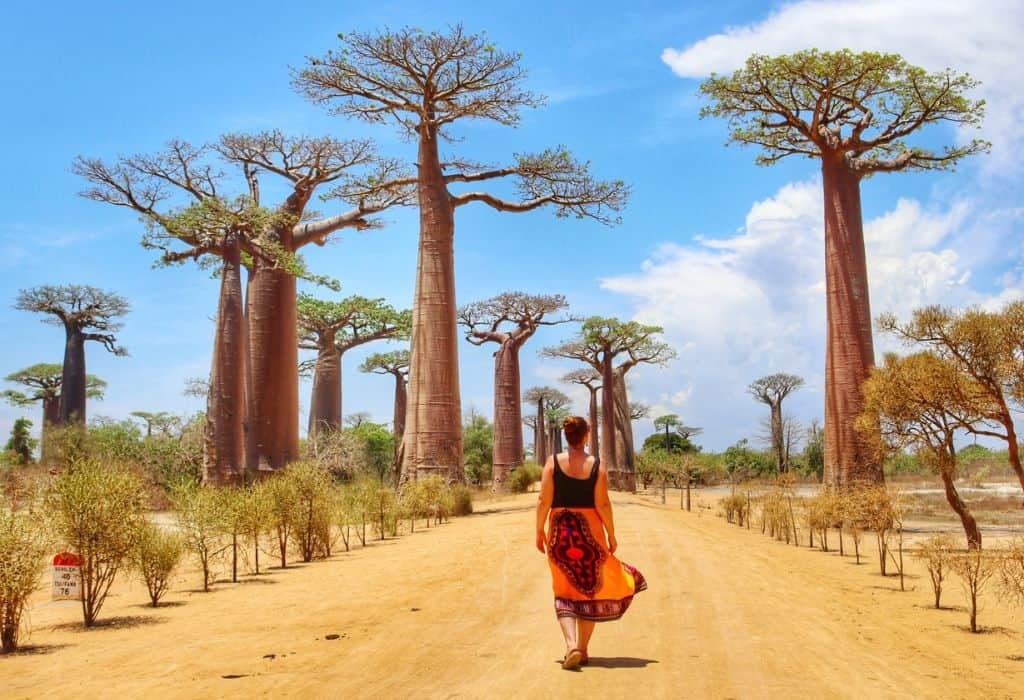
Venturing off the mainland, Madagascar presents a unique ecosystem with distinct flora and fauna. The island is home to lemurs, chameleons, and other species found nowhere else on Earth, making it a haven for biodiversity enthusiasts.
Choosing the Right Safari for You
As you plan your African safari adventure, consider various factors, including the type of wildlife you wish to encounter, the level of adventure you seek, and the time of year you plan to travel. Whether you opt for the drama of the Great Migration or the tranquility of a boat safari, there’s a safari experience tailored to suit every preference.
Conservation Challenges and Successes
While Africa’s wildlife is a source of wonder, it faces numerous threats, including poaching, habitat loss, and climate change. Conservation initiatives, however, have made significant strides in protecting endangered species and preserving their natural habitats.
Responsible Tourism in Safari Destinations
Tourists play a crucial role in the conservation of Africa’s wildlife. Choosing ethical and sustainable tourism options supports local communities and ensures the preservation of the natural wonders that draw visitors from around the globe.
Packing Tips for Safari Adventures
To make the most of your safari experience, pack essentials such as lightweight and breathable clothing, a good pair of binoculars, and a quality camera. Being prepared ensures you’re comfortable and ready to capture the breathtaking moments that unfold in the wild.
Capturing the Moments: Photography Tips
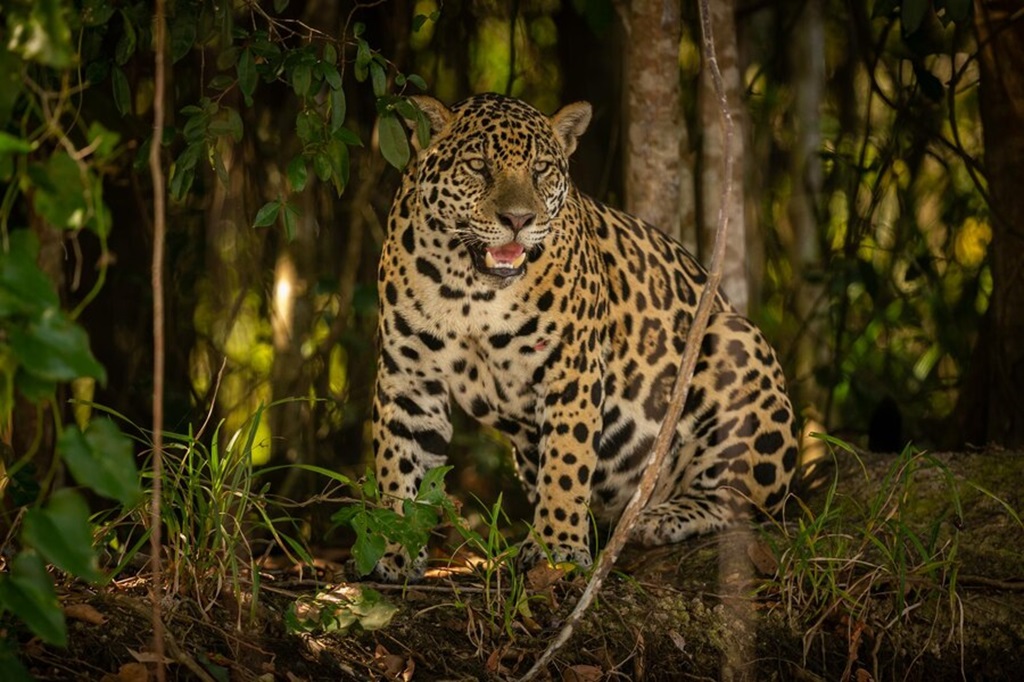
Photographing Africa’s wildlife requires a combination of skill and the right equipment. Invest in a telephoto lens for close-up shots and practice techniques such as panning to capture the dynamic movement of animals. Patience and a keen eye will be your greatest assets in the pursuit of the perfect shot.
Conclusion
In conclusion, Africa’s wildlife offers a tapestry of experiences, from the thundering herds of the Serengeti to the silent, watchful eyes of the mountain gorillas. Exploring the continent’s top safari destinations is not just a journey into the wild; it’s a connection to the heart of nature itself. So, pack your bags, embrace the spirit of adventure, and let Africa’s wildlife weave its magic on your soul.
Frequently Asked Questions
Q1: What is the best time to witness the Great Migration in the Serengeti?
A1: The best time is during the dry season from June to September when the herds traverse the plains in search of water and grazing.
Q2: How can I contribute to wildlife conservation during my safari?
A2: Choose safari operators with strong conservation commitments, and consider participating in eco-friendly activities that support local communities.
Q3: Are there age restrictions for gorilla trekking in Uganda?
A3: Yes, gorilla trekking usually has age restrictions due to the challenging terrain, and participants are generally required to be at least 15 years old.
Q4: What is the significance of the term “Big Five” in safari lingo?
A4: The “Big Five” refers to the five iconic African wildlife species: lions, elephants, buffalo, leopards, and rhinoceros.
Q5: How can I ensure a responsible and ethical safari experience?
A5: Choose accommodations and tour operators with strong commitments to ethical and sustainable practices, and follow guidelines for responsible wildlife viewing.

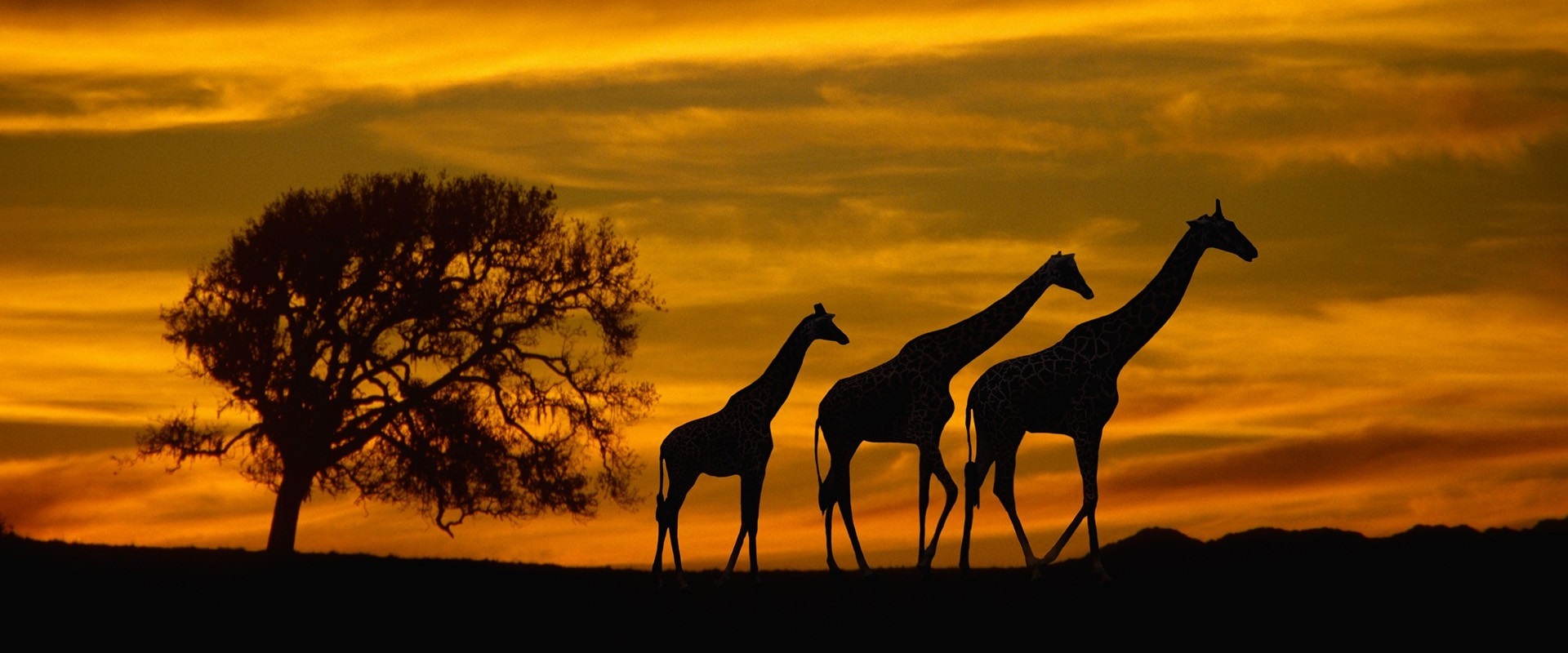
Sorry, the comment form is closed at this time.